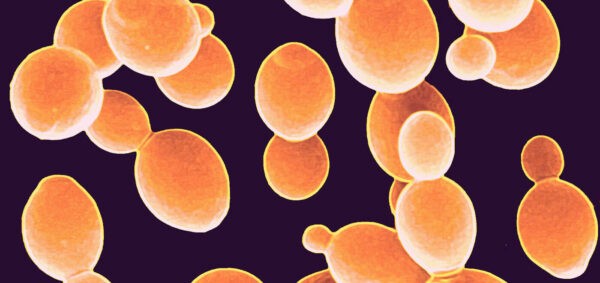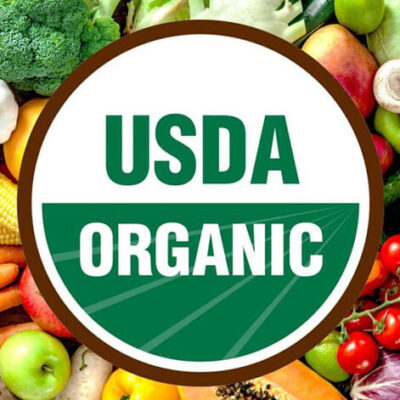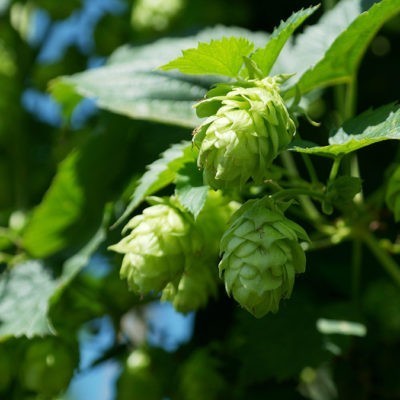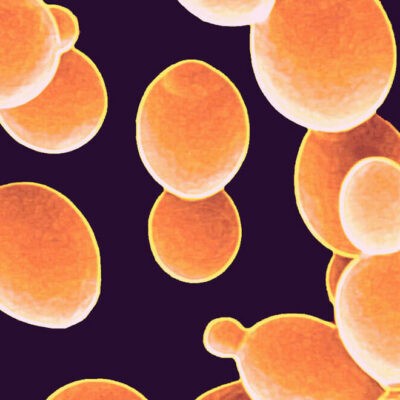Beer yeast

Beer yeast, as well as beer water, has the most myths and speculations associated with it. “Yeast is a panacea for many diseases. Beer makes you feel better because it has yeast,” etc. What is this “Beer Yeast”?
Yeast are single-celled microorganisms. They are everywhere, even in the air. Until a race of cultured yeast was developed, brewers used yeast fungi found in the environment to spontaneously ferment beer. The results varied accordingly. If the beer was good, they thanked God; if not, they blamed an evil force or a bad neighbor.
This continued until French chemist and microbiologist Louis Pasteur (1822-1895) discovered the true culprits of fermentation – single-celled yeast fungi. Pasteur also established the distinction between yeasts that cause alcoholic fermentation and other microorganisms that initiate lactic acid fermentation. He also suggested a simple way to stop this process, which has since been called pasteurization: heating above 52°C for 10 minutes kills brewer’s yeast.
The use of wild yeast did not allow the production of beer with a stable flavor. This was one of the reasons for breeding a race of cultured yeast. In 1883, Emil Christian Hansen from the Carlsberg Research Laboratory first developed a cultured race of beer yeast. At first it was planned to keep the “production secret” secret, but the founder of the beer empire Jacobsen, said that such a discovery cannot be kept secret – it must belong to the world. On his instructions, the world’s first cultured beer yeast was distributed free of charge to everyone. And it was this yeast that formed the basis of all lager brands. Thus, Carlsberg became the “father” of the most widespread beer in the world.
Cultured brewer’s yeast is usually divided into two large groups: top-fermenting and bottom-fermenting yeast. The first ones work at higher temperatures and float upwards during fermentation. They are used in the brewing of ales, stouts and other top-fermented beers. Lower fermentation yeast, accordingly, settles down during fermentation and is used in the preparation of lagers.
During brewing, the starch chains in the malt are broken down into shorter sugar chains under the influence of temperature and enzymes in the malt. The wort (malt and water) is then thoroughly boiled and, after cooling, pumped into fermentation tanks. During pumping, the wort is aerated and yeast is added. The yeast absorbs the sugar and air in the wort and in return produces alcohol and carbon dioxide. Once the sugar has been processed and fermentation is complete, the yeast is removed for further use.
The same yeast is usually used up to 10 times. Then the probability of mutation increases. Used yeast is used as a supplement to livestock feed.
The process of breeding new yeast requires absolute sterility. 20 grams of dry yeast is diluted in 20 liters of well-sterilized wort. Then, after a short fermentation, it is added to a container with 2000 liters of sterilized wort. A few days of carefully controlled fermentation and the yeast is pumped into the tank for further fermentation. Each batch of yeast to be started is kept on a controlled register. The fermentation results in the yeast going down or up (depending on the type) and then cropped for further use.
There are several yeast banks around the world where samples are stored at -80°C. Many breweries use the services of these banks.
Now about the myths. Ordinary filtered beer, does not contain yeast. They are removed during the filtration process. However, there are certain brands of beer where yeast is added during bottling. Some beers are bottled without the last stage of clarification – filtration. Regular beers, however, do not contain yeast.
And if you look at the calorie content of 100 milliliters of regular beer and dry wine (you can read that on the label), dry wine usually has more.
At the same time, brewer’s yeast is very healthy, as it is half protein and a rich source of vitamins.
Yeast has a very good effect on skin cleansing, especially in teenage inflammation of the facial skin, strengthen hair, nails. Improve metabolism in the body. Now in pharmacies even sell beer yeast in tablets.
There are many kinds of beer in the world: filtered, unfiltered, with yeast added directly to the bottle for fermentation – each of them is good in its own way. You just need to find a beer that is to your heart’s delight.















